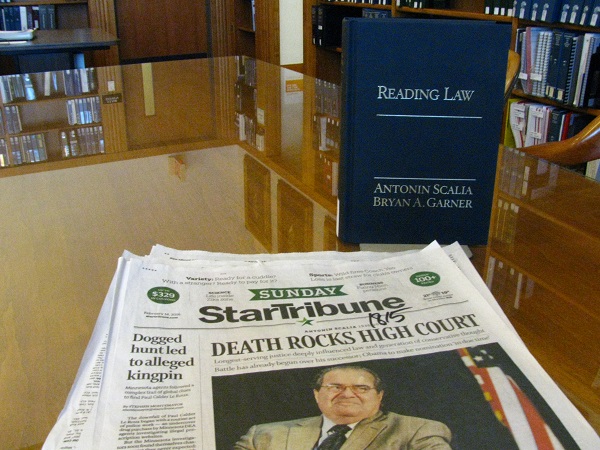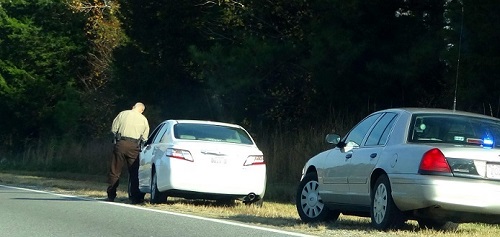 Our law library proudly promotes local criminal expungement resources to our patrons or others who might benefit from them. We are in partnership with the Second Judicial District, Volunteer Lawyers Network (VLN), and the Saint Paul Public Library to bring criminal expungement workshops to the public. Thus we were interested in the recent the Minnesota Court of Appeals decision in the case of State v. S.A.M, which involved a Rochester man seeking expungement of his 2003 felony conviction. The Court held that his record could not be expunged because his previous guilty plea was to a charge not included in the list of expungible felonies under Minn. Stat. §609A.02. It didn’t matter that the conviction in this case was subsequently “deemed a misdemeanor” per plea bargain terms. Further, the Court declined to apply the language of sentencing statute Minn. Stat. §609.13 in order to make the appellant’s felony a misdemeanor for expungement purposes, because the original judgment was entered as a felony and not a misdemeanor. This case is examined in this week’s issue of Minnesota Lawyer.
Our law library proudly promotes local criminal expungement resources to our patrons or others who might benefit from them. We are in partnership with the Second Judicial District, Volunteer Lawyers Network (VLN), and the Saint Paul Public Library to bring criminal expungement workshops to the public. Thus we were interested in the recent the Minnesota Court of Appeals decision in the case of State v. S.A.M, which involved a Rochester man seeking expungement of his 2003 felony conviction. The Court held that his record could not be expunged because his previous guilty plea was to a charge not included in the list of expungible felonies under Minn. Stat. §609A.02. It didn’t matter that the conviction in this case was subsequently “deemed a misdemeanor” per plea bargain terms. Further, the Court declined to apply the language of sentencing statute Minn. Stat. §609.13 in order to make the appellant’s felony a misdemeanor for expungement purposes, because the original judgment was entered as a felony and not a misdemeanor. This case is examined in this week’s issue of Minnesota Lawyer.
It’s not unusual for criminal defendants to plead guilty to a different charge in order to reach a quicker (and legally affordable) resolution to their prosecutions. According to the U.S. Department of Justice, 90 to 95 percent of all criminal cases nationwide are resolved through plea bargains. The expungement law does not specifically address situations where petitioners might have received a stay on a felony charge which was then converted to a misdemeanor. This gap in the law potentially leaves hundreds of expungement petitioners without the second chance remedy heralded by the 2014 expungement overhaul. Indeed, the Court noted with some sympathy that its ruling reveals a distinct hole in the expungement net, but held that it was up to the legislature to provide any needed clarification.
Does this ruling leave you with questions on if or how your expungement petition might be affected? Don’t reach any conclusions before discussing your case with an attorney. If you are just starting to consider expungement, try a VLN seminar at a local public library. If you are preparing your petition paperwork, come to the Second Judicial District’s criminal expungement workshop which meets on the second and fourth Thursdays of each month here in the law library.








